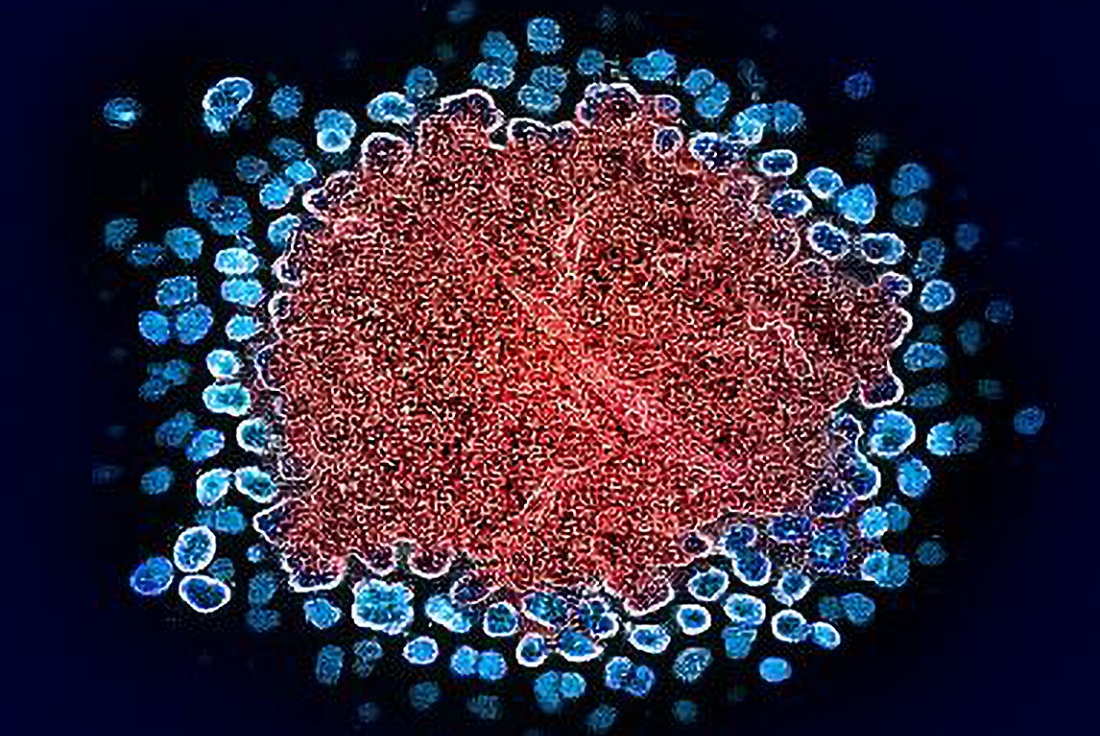
13 Dec Progress toward an eventual HIV vaccine
By Brian Doctrow, National Institutes of Health (NIH)
More than 1 million new HIV infections occur each year. Ending the global HIV/AIDS pandemic will require an effective HIV vaccine. Vaccines work by inducing the immune system to make antibodies that can neutralize a particular pathogen. But doing so for HIV has been challenging because there are countless variants worldwide, and the immune system doesn’t normally make antibodies that can protect against a wide range of them.
More than a decade ago, researchers at the Vaccine Research Center of NIH’s National Institute of Allergy and Infectious Diseases discovered a class of rare antibodies called broadly neutralizing antibodies (bnAbs) against HIV. These could neutralize many HIV strains at once. The bnAbs have been shown to prevent HIV infection in animals and humans. But inducing bnAbs with a vaccine has proven difficult. This is because bnAb-precursor B cells—the immune cells that develop into bnAb-producing B cells—are only rarely activated by the envelope proteins that form a protective coating for HIV.
One strategy to produce bnAbs involves specifically stimulating these rare precursor B cells. To do this, researchers led by Dr. William Schief at the Scripps Research Institute engineered a molecule based on a region of the HIV envelope protein called the CD4 binding site. They developed a modified protein to prime the precursor B cells to react. The protein, called eOD-GT8, was designed to incorporate into a self-assembling nanoparticle with 60 copies. The nanoparticle vaccine was previously shown to induce production of bnAb precursors in mice.
Based on this evidence, a research team led by Drs. Juliana McElrath at the Fred Hutchinson Cancer Center, Adrian McDermott at NIH’s Vaccine Research Center, and Schief conducted a phase 1 clinical trial of the eOD-GT8 vaccine to begin assessing its safety and efficacy in people. Results appeared in Science on December 2, 2022. Read more …



